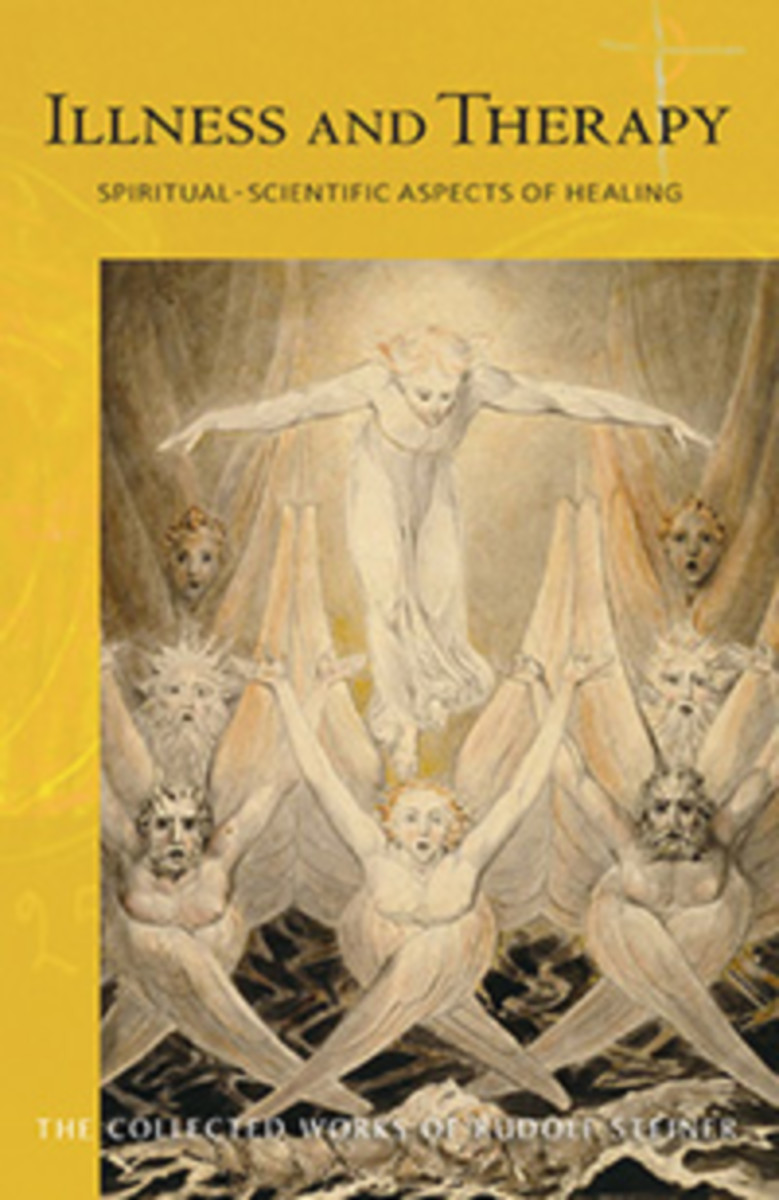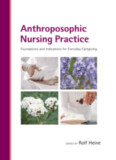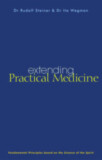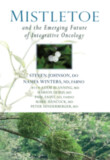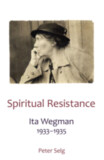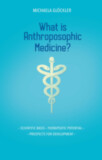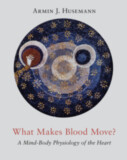Illness and Therapy
Spiritual-Scientific Aspects of Healing (CW 313)
- Publisher
Rudolf Steiner Press - Published
20th December 2013 - ISBN 9781855843844
- Language English
- Pages 252 pp.
- Size 6" x 9"
9 lectures, Dornach, April 11–18, 1921 (CW 313)
In a series of nine lectures to doctors, pharmacists and students, Steiner presents a wealth of medical ideas with numerous therapeutic and diagnostic insights. As with his first series of lectures on medicine a year earlier (Introducing Anthroposophical Medicine), the range, depth and scope of Steiner’s subject matter is breathtaking.
Steiner begins by describing the interplay of physical and metaphysical aspects of the human being, presenting a paradigm in which the four bodies—physical, etheric, astral, and “I”—interrelate in contrasting ways with the threefold human organism of head, thorax and metabolism and with our capacities for thinking, feeling, and volition. These challenging but enlightening concepts unlock a wonderful diagnostic tool for appraising and understanding patients. He considers the medicinal actions of various substances, including silica, phosphorus, sulfur, arsenic, antimony, and mercury.
Also discussed are the methodology of medical examination; the treatment of developmental irregularities; the four types of ether; raw-food diets; the “I” and the assimilation of food; metal therapy and the actions of lead, magnesium, tin, iron, copper, gold, mercury and silver; the medicinal use of root and herbaceous parts and flowers; the rhythmic balancing process between the action of salutogenic and pathological forces; and death.
This volume also features Steiner’s answers to questions, an introductory lecture to eurythmy therapy, a comprehensive introduction, notes and index, 9 color plates of Steiner’s blackboard drawings, and facsimiles and translations of his notes for the lectures.
This volume is a translation from German of Geisteswissenschaftliche Gesichtspunkte zur Therapie (GA 313).
A previous translation of this book was titled Anthroposophical Spiritual Science and Medical Therapy.
Rudolf Steiner
Rudolf Steiner (b. Rudolf Joseph Lorenz Steiner, 1861–1925) was born in the small village of Kraljevec, Austro-Hungarian Empire (now in Croatia), where he grew up. As a young man, he lived in Weimar and Berlin, where he became a well-published scientific, literary, and philosophical scholar, known especially for his work with Goethe’s scientific writings. Steiner termed his spiritual philosophy anthroposophy, meaning “wisdom of the human being.” As an exceptionally developed seer, he based his work on direct knowledge and perception of spiritual dimensions. He initiated a modern, universal “spiritual science” that is accessible to anyone willing to exercise clear and unbiased thinking. From his spiritual investigations, Steiner provided suggestions for the renewal of numerous activities, including education (general and for special needs), agriculture, medicine, economics, architecture, science, philosophy, Christianity, and the arts. There are currently thousands of schools, clinics, farms, and initiatives in other fields that involve practical work based on the principles Steiner developed. His many published works feature his research into the spiritual nature of human beings, the evolution of the world and humanity, and methods for personal development. He wrote some thirty books and delivered more than six thousand lectures throughout much of Europe. In 1924, Steiner founded the General Anthroposophical Society, which today has branches around the world.


